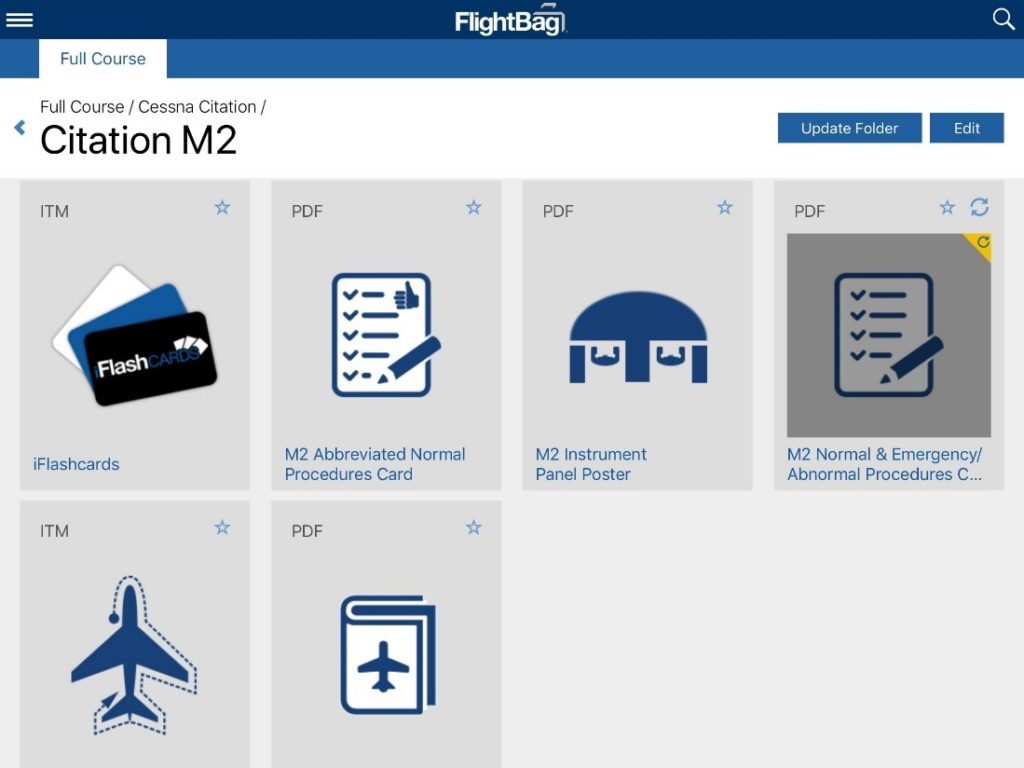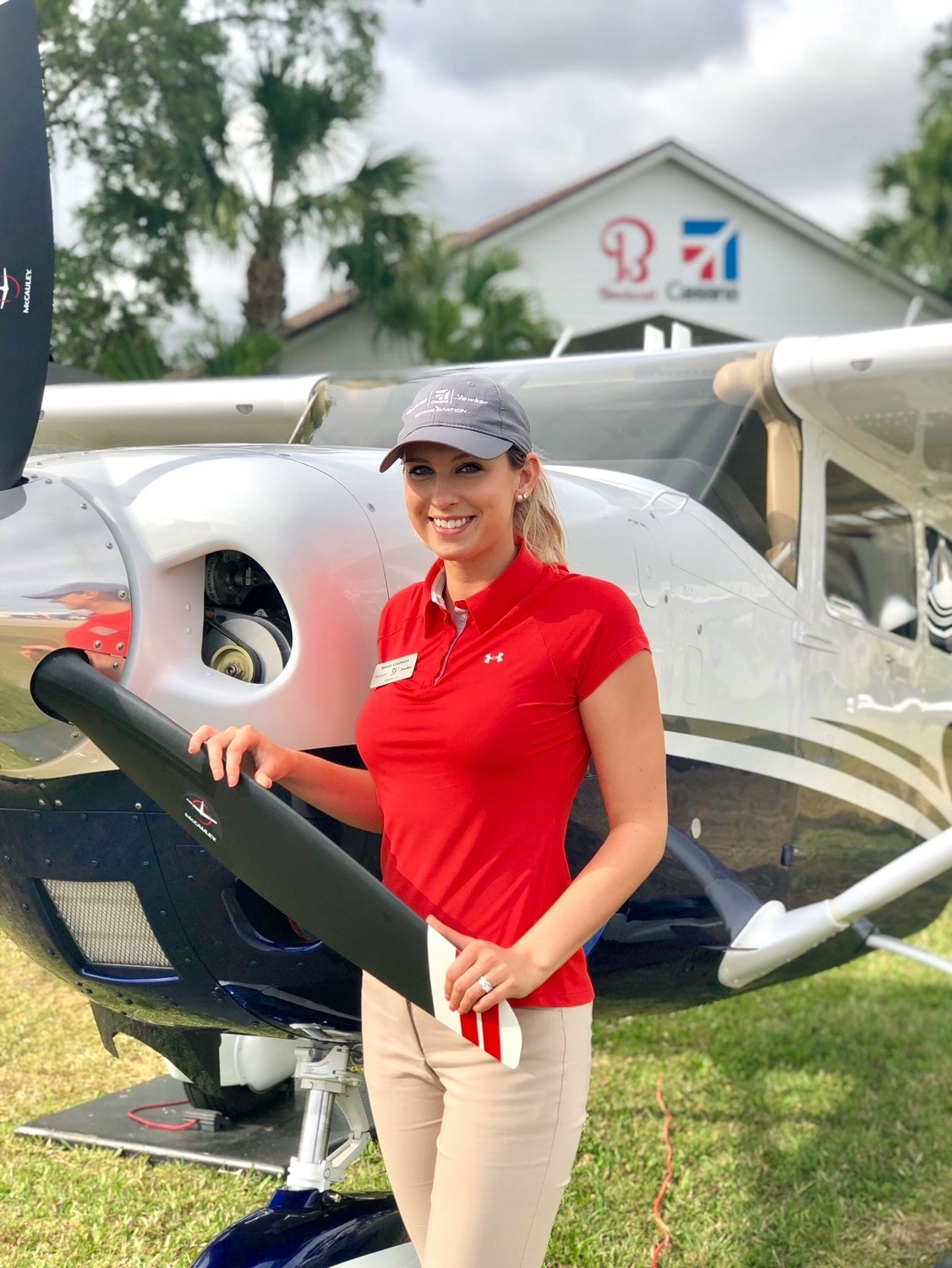Estimated reading time 7 minutes, 49 seconds.
This article follows Textron Aviation’s Mindy Lindheim through her recent Cessna Citation 525S type rating school experience. She offers a candid look at what to expect and how to relieve some of the anxiety around earning a type rating.
This article presents Mindy’s perspective. Another individual may have a different experience or outcome.
You’ve been anticipating getting your first type rating for some time now and couldn’t be more excited to earn that new certificate. Then, you get the email you have been waiting for: your type rating school is scheduled! As you open your itinerary, you read through the days to come, and sitting at the bottom of the page is the last date of your schooling and a word that makes your stomach sink as excitement turns to nerves… “CHECKRIDE.”
Scheduling a checkride in an aircraft that you have never flown before is a scary feeling. Having a test scheduled on materials you have not even obtained yet is nothing short of terrifying. When I turned to my peers who had experienced type rating school, I asked them how they had coped with the nerves and their answer – “trust the process” – never satisfied me. How could I trust the process of a school I had never attended? After realizing that “trusting the process” was really my only option to move forward, I’ll share what I learned from my experience and some tips to make your first type rating school go as smoothly as possible.

Before You Go
There’s a lot of preparation you can do before you even show up to type rating school. In my case, due to the nature of my work schedule, I only found out about my class date about a week before attending. Even one week of dedicated prep was enough to set me up for success.
My first order of business was to start studying. When you sign up for your class at FlightSafety, they send you an electronic “FlightBag” where you can access all of your course materials. FlightSafety will send it to you up to 90 days in advance if you are enrolled that early. It includes everything from Operating Handbooks to their own branded course books. I suggest focusing on two things for preliminary studying: all rote knowledge items and the “Required Knowledge Areas,” also known as RKAs.
The rote knowledge is the easiest to digest first. It is simply memorizing various things about the aircraft, and FlightSafety helps you by providing an electronic flashcard series with everything you must have memorized. These items will range from aircraft limitations to emergency checklist items you must know by heart. Learn all of these and practice them multiple times a day. Once you know the whole deck well, it only takes roughly six to seven minutes to review them all quickly. Be sure to review the flashcards multiple times a day, so it becomes fully ingrained in your memory. Even when you are in type school, review these cards on breaks throughout the day and each night. I can guarantee that all of these items will be on your checkride.

The next topics to study are the “Required Knowledge Areas.” These topics are usually labeled as such (found in the “Pilot Client Guide” book in my experience) and are typically easy to find. However, if you cannot locate those or want to go above and beyond, you can study the end-of-chapter summaries and quizzes.
I learned all of this information before showtime by working hard and dedicating a lot of time during the week before my training start date. If you have longer than a week to prepare, I suggest dedicating about an hour each day to studying. Pre-studying is not a requirement but knowing these topics beforehand lets you fully immerse yourself in training and focus on the simulator time, which is most valuable. I felt like I was light years ahead of my classmates who chose not to study beforehand, and I was visibly less stressed throughout my time there in comparison.
Lastly, before you go, be sure to brush up on your instrument flying skills. The checkride is basically an instrument checkride on steroids, mixed with many emergency procedures. So, the last thing you want to struggle with is reading an Instrument Approach Procedure while having a simulated engine fire in low IMC conditions. The tasks add up quickly, so be sure to have a strong grasp on the instrument flying beforehand.

If you feel compelled to read the coursebook in its entirety before you go, my advice is don’t. This is when you need to trust the process. Let the instructors teach you this information in person.
Editor’s note: This article was originally published by Textron Aviation








